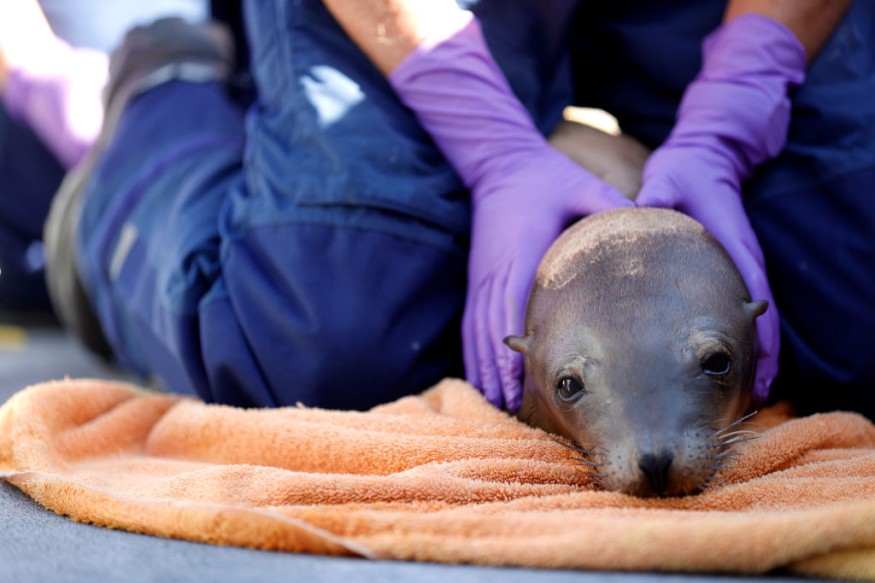
An emaciated and ill-looking female sea lion was washed ashore in a California beach in San Luis Obispo County, Central Coast of California. First responders of the Marine Mammal Center in Sausalito, California suspected the California sea lion of having cancer after an examination.
The sea lion was intubated in a quarantine cell and a disturbing sign was found in its ultrasound record. Medical director at the Marine Mammal Center, Dr. Cara Field said the sea lion was suffering from a very bad kidney and metastasized cancer. On that day the sea lion was euthanized, a decision made for most marine animals washed ashore with untreatable diagnosis.
A study published in December in Frontiers in Marine Science had found that 25% of adult California sea lions end up with cancer, a much higher rate than that in humans or other mammals. "This is an unprecedented rate of cancer in wildlife," Field said.
Culprits Behind the High Cancer Rates
A two-decade study of an all-star team of marine mammal pathologists, virology experts, chemists and geneticists found that herpes and long-banned chemical pesticides such as DDTs and polychlorinated biphenyls (PCBs) that intoxicated the California coast decades ago had caused significant rise of cancer rate among California sea lions. Medical experts confirmed that the same components in the recently found sea lion were located in its blubber tissue.
Co-author and director of pathology, Dr. Padraig Duignan, confirmed that the sea lions did not acquire cancer from the virus alone, but was triggered by the levels of chemicals in their blubber and presence of the chemicals increased the probability of cancer around 30% and 80% higher.
In the 400 sea lions tested over 20 years, Duignan and Field had found toxic chemicals in the sea lions' system which were dumped in mammals' breeding grounds near the Channel Islands in southern California for years.
Patients were dissected to see if the cancer cells had spread to other parts of the body, including the lymph nodes, abdominal cavity, and chest cavity. Both Field and Duignan believe that pollutants in the environment and strong association with the herpes virus should serve as a warning for humans as the disease can also be acquired by them.
Sea Lions Carry a Troubling Warning for Humans
Researchers believe that the significant cancer rates in California sea lions have major implications for human health. Frances Gulland, a research associate at UC Davis and also served on the U.S. Marine Mammal Commission since the Obama administration explained that the sea lions use the same waters we swim and surf in, and ate the same seafood that we eat. The high levels of hazardous compounds found in sea lions' system and eventually killing them are in the same environment we live in and we are exposed into.
Generally, marine mammals, like humans, live a long life. Their health was only affected by the various chemicals humans have introduced to the sea, and the toxins they have accumulated are the same kinds of viruses that may affect humans.
© 2025 NatureWorldNews.com All rights reserved. Do not reproduce without permission.





